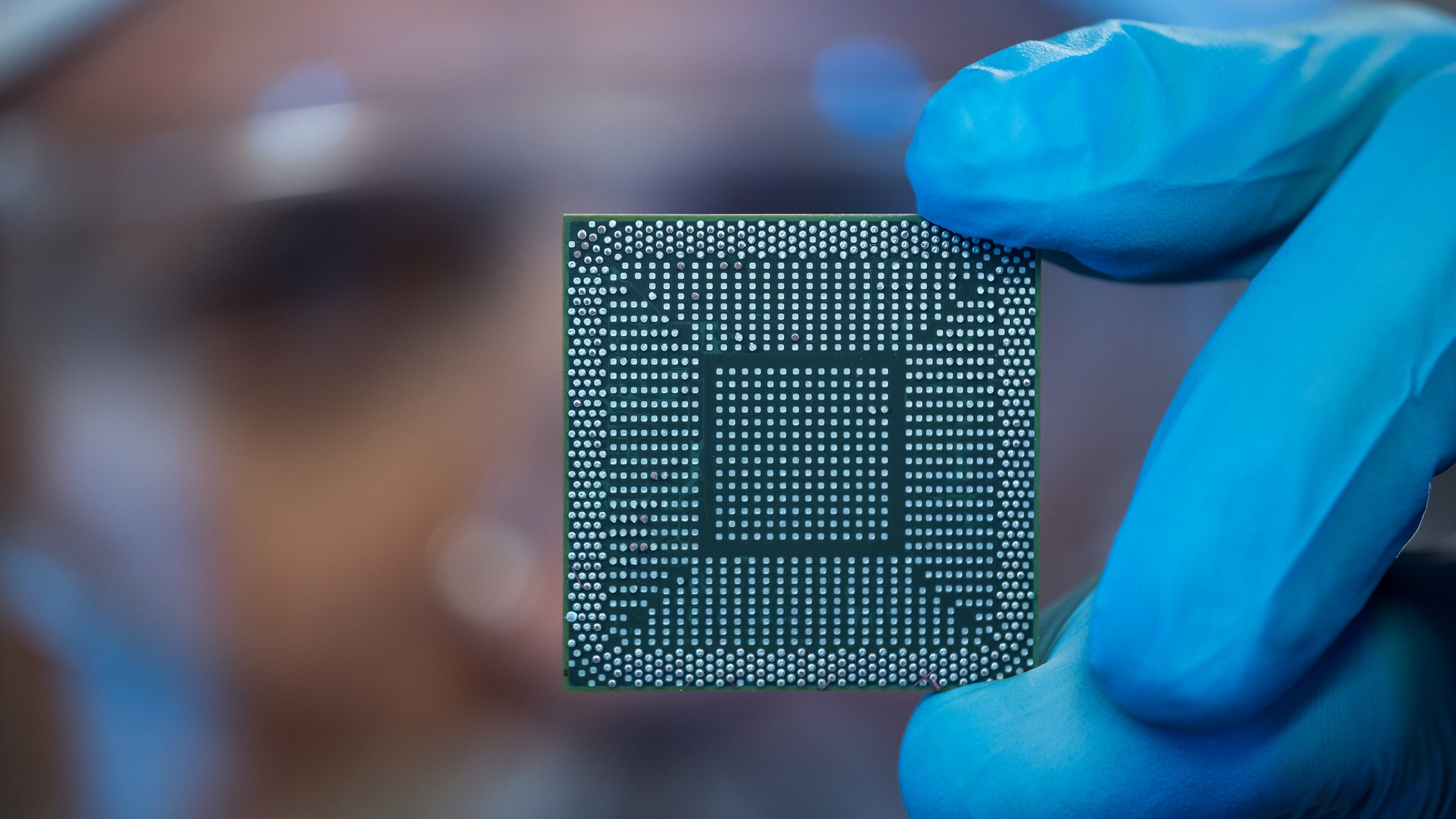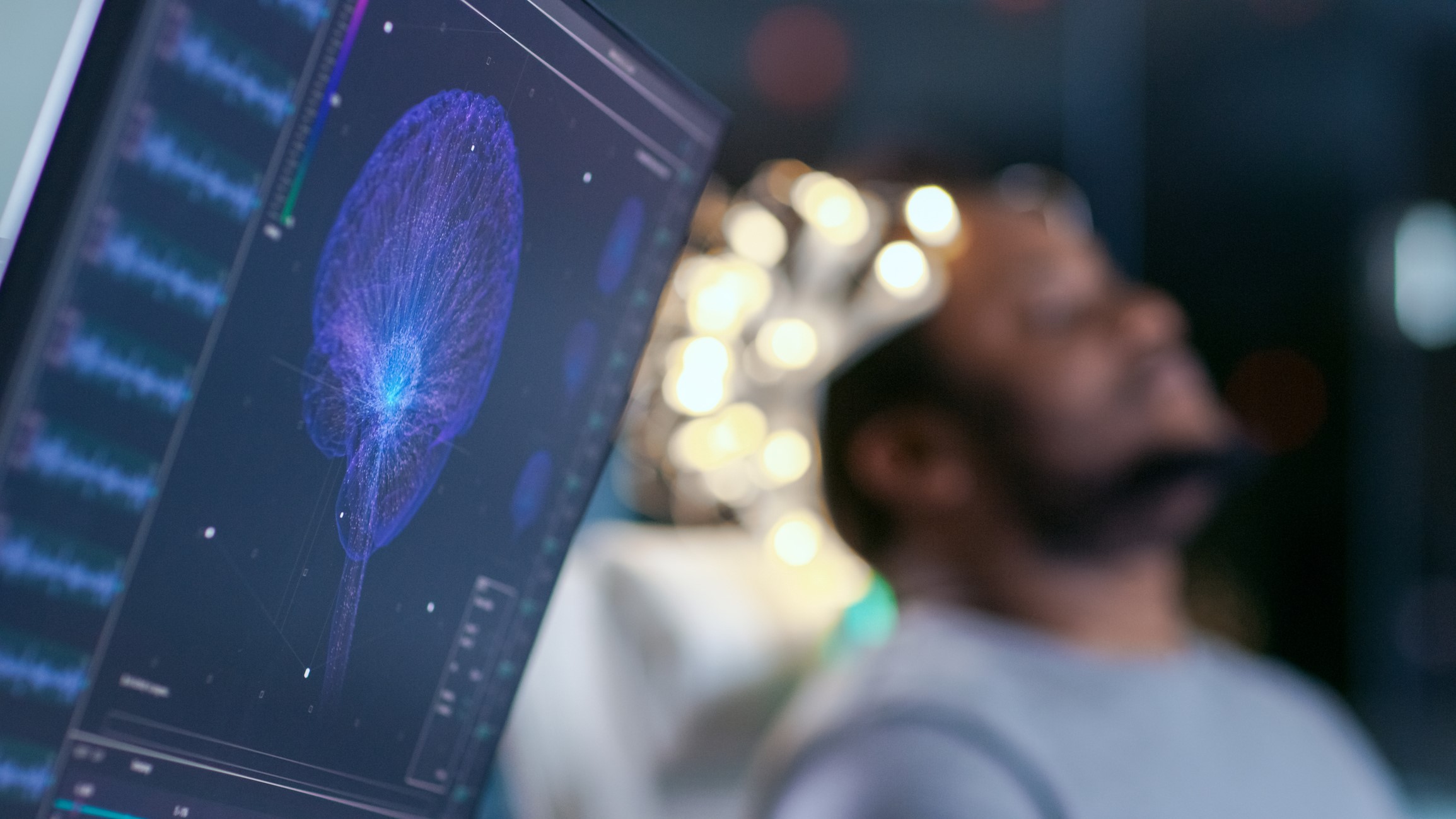Wireless charger that sits under your skin could power medical devices before dissolving into your body
The wireless charging device can power implants and other devices by moving energy wirelessly through the body or harvesting energy from the body itself.

Scientists have created a wireless charging device that could be inserted under the skin. So far, it's only been tested in rodents, but if follow-up research in humans is successful, it could mean medical implants ditch the clunky batteries and wiring that come with them.
Most bioelectronic devices, such as sensors or drug-delivery systems, are often limited by the capacity of onboard batteries. They can also often be hooked up to an external power supply — but this risks causing infection, especially if the patient needs surgery to remove or replace parts.
To get around this problem, scientists built a prototype wireless charging chip that can be embedded under the skin. The prototype, tested in rats, can either wirelessly transfer energy through the body or harvest energy from the body.
The flexible and soft under-the-skin chip can also adapt to the shape of tissue during a procedure, and it's biodegradable, researchers wrote in a paper published Nov. 15 in the journal Science Advances.
Related: 4D implant saves babies with breathing problems
"Our prototyped power supply system represents an important step forward in advancing a wide range of biodegradable implantable medical devices with its potential to provide effective and reliable energy solutions," study co-author Wei Lan, a professor of electronics in the School of Physical Science and Technology at Lanzhou University in China, told Live Science in an email.
The prototype power supply uses a magnesium coil that charges when a second coil is placed above the skin. Power passes through a circuit and then enters an energy-storage module made of zinc-ion hybrid capacitors.
Get the world’s most fascinating discoveries delivered straight to your inbox.
Unlike batteries, which store energy in chemical form, these supercapacitors store power as electrical energy. They also have a high power density and can discharge a large amount of energy at once, even though they store less energy per unit than batteries do.
The researchers embedded this prototype in a biodegradable, chip-like implant that combined energy harvesting and energy storage. When the prototype was attached to a medical implant, power passed through the circuit directly to the device and into the capacitor to ensure a constant power supply.
In rats, the wireless implant worked for up to 10 days and dissolved completely within two months — proving its biodegradability. But it could potentially last longer if the team thickened the protective polymer and wax layers encasing the system, Lan said.
The researchers also tested the wireless charger as a drug-delivery system and delivered anti-inflammatory medicine to rats with a fever. After 12 hours, the rats that had no implants had much higher body temperatures than those with the chips, suggesting the device was successfully delivering the medicine.
The new prototype would need to overcome several hurdles before it's ready to be tested in humans, however. In the drug-delivery experiments, some rats were also given uncharged implants laced with anti-inflammatories — and their temperatures dropped, which suggested some passive drug release. The team also hasn't mastered turning the device on or off; it stops working only when it runs out of power.
Future research will also need to address the device's size and full biodegradability.
"At present, the size of the system is still relatively large and contains a small rectifier module [which converts between AC and DC], and stability needs to be further improved," Lan said. "There is still a certain distance to achieve real biomedical applications."

Keumars is the technology editor at Live Science. He has written for a variety of publications including ITPro, The Week Digital, ComputerActive, The Independent, The Observer, Metro and TechRadar Pro. He has worked as a technology journalist for more than five years, having previously held the role of features editor with ITPro. He is an NCTJ-qualified journalist and has a degree in biomedical sciences from Queen Mary, University of London. He's also registered as a foundational chartered manager with the Chartered Management Institute (CMI), having qualified as a Level 3 Team leader with distinction in 2023.



